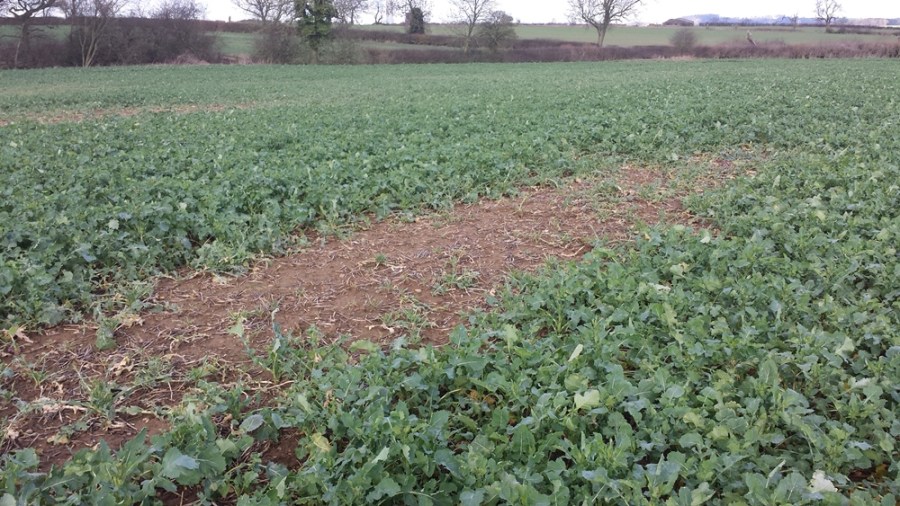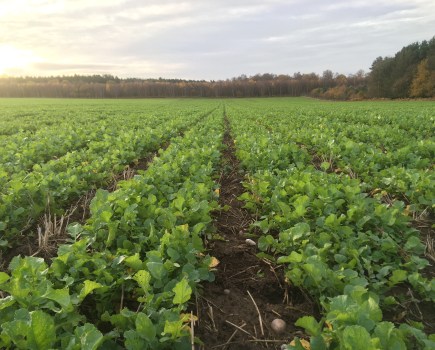Farmers require a tailored plan to contain the spread of clubroot and produce important brassica crops sustainably, according to new AHDB research. CPM reports.
The increasing prevalence of clubroot, its patchy occurrence and the rise of resistance-breaking strains has all been revealed in new research from AHDB.
It has also updated guidance to help farmers map clubroot pressures and identify management options, which include targeted treatment at problematic patches.
Clubroot, caused by the pathogen Plasmodiophora brassicae, has increased in the UK, due mainly to shorter rotations along with milder and wetter winters said the levy board.
When growing crops in a clubroot-infected field, current advice is to choose a resistant variety which contains the ‘Mendel’ resistance mechanism.
However, the effectiveness of this mechanism has reduced at some UK sites in recent years. The researchers aimed to establish how significant and widespread the erosion of this resistance is.
Sample results
Soil samples from 75 high-risk clubroot fields were used to grow a resistant and a susceptible winter oilseed rape variety, respectively. In about half of these ‘bioassays’, the resistant variety developed relatively strong symptoms.
In fact, the levels were high enough at 15% of the sites to indicate that resistance was no longer functioning effectively.
Amanda Bennett, who manages soil-borne disease research at AHDB, said: “Strains of clubroot that can break resistance were found across the UK.
“Growers should make use of integrated approaches to control this disease, including the use of non-susceptible crops in the rotation, to avoid driving the selection of resistance-breaking strains.”
A random subsample (25/75 fields) of soil was used to grow 15 brassica lines from the European Clubroot Differential host set.
The way these brassica plants developed clubroot symptoms allowed the number of pathotypes to be established.
The UK clubroot population was found to be highly diverse, with 20 different pathotypes identified, she added.
Targeted treatment
The project also looked at the potential for targeted treatment like liming. The clubroot severity in commercial crops (16 fields) was assessed using 50m grid squares at three timings over a growing season.
This found that the disease was often patchy across the field – although the pathogen was just one cause of low-yielding patches.
Even so, economic modelling revealed that targeted treatment of disease patches can make financial sense.
The accuracy of clubroot soil tests, including plant bioassays and molecular disease detection methods (qPCR), was assessed by comparing test results with clubroot symptoms in the field.
Molecular tests were found not to correlate well with in-field disease development. Visual assessments of plants and roots remain the most reliable way to assess the presence and distribution of clubroot across a field.
The advice from AHDB now is that growers should measure and record clubroot pressures, and document where resistant varieties have been grown. Amanda explains: “Such records can act as the foundation of an integrated clubroot management strategy.”
Comprehensive information about clubroot, including hosts, symptoms, life cycle, importance, risk factors and management, can be accessed via ahdb.org.uk/clubroot




